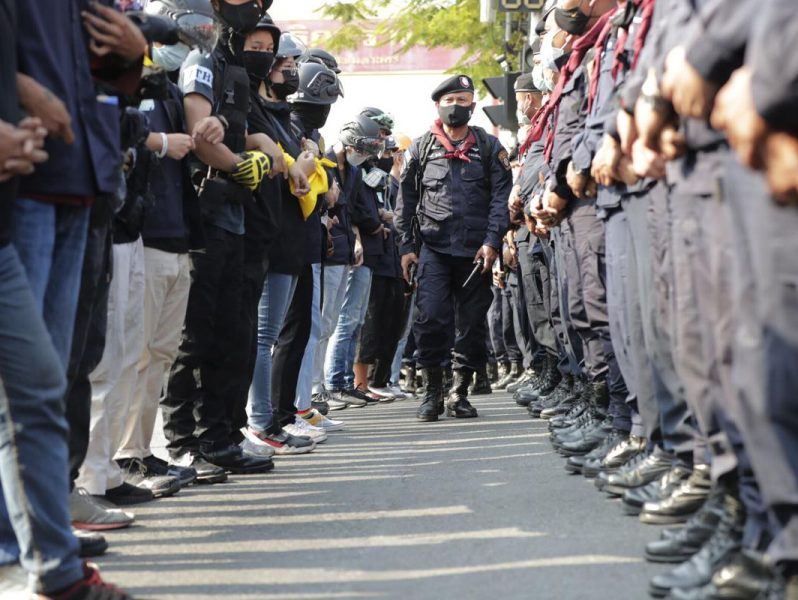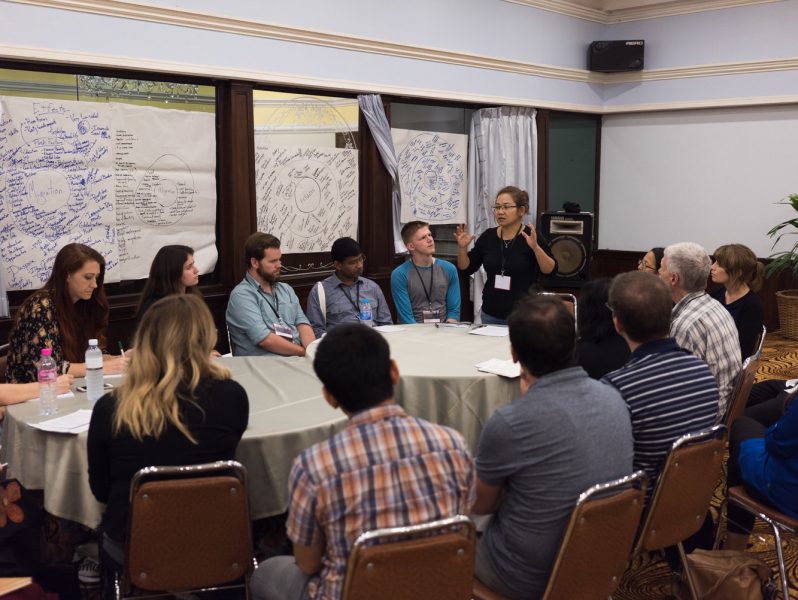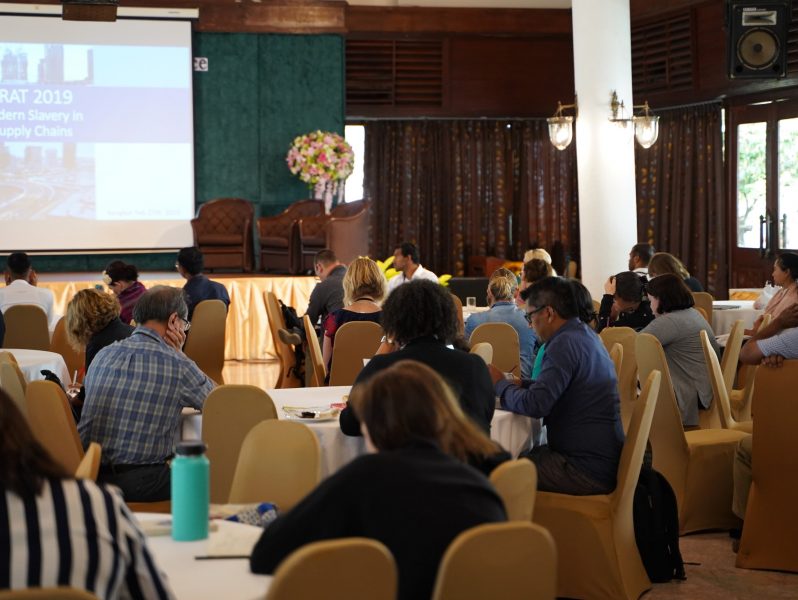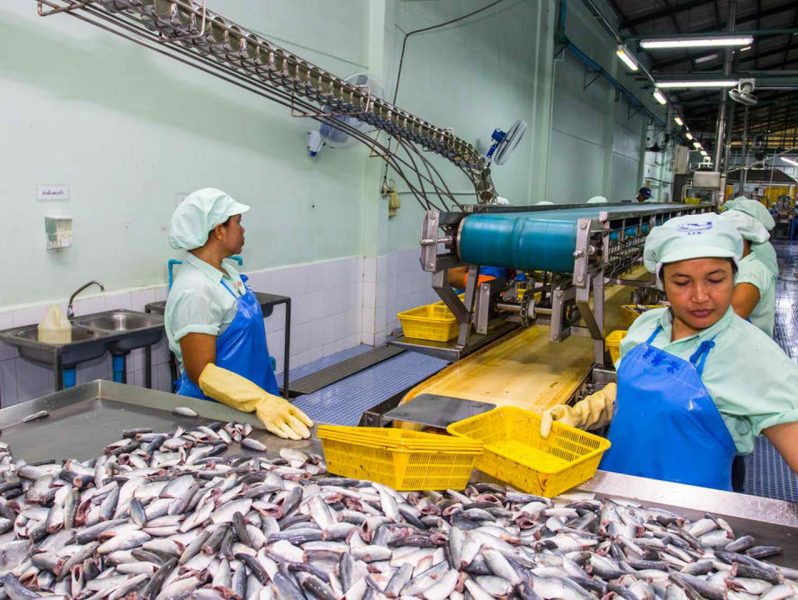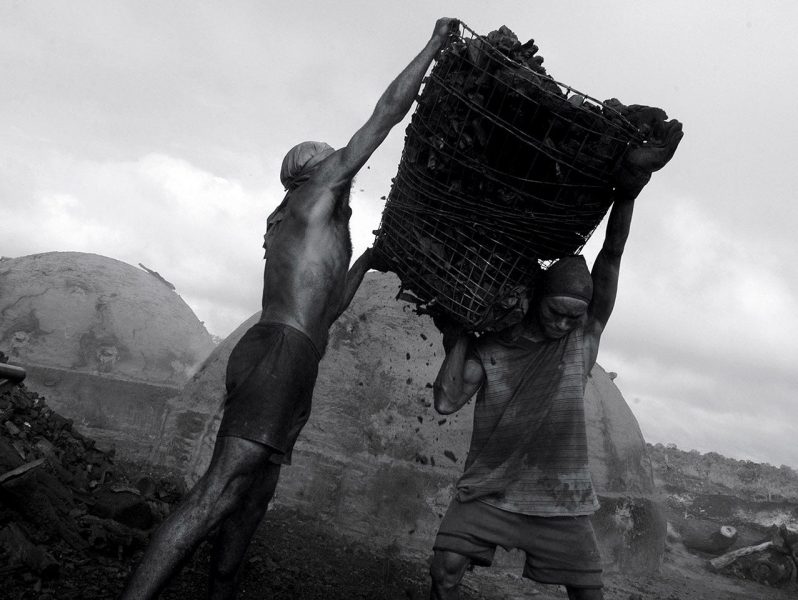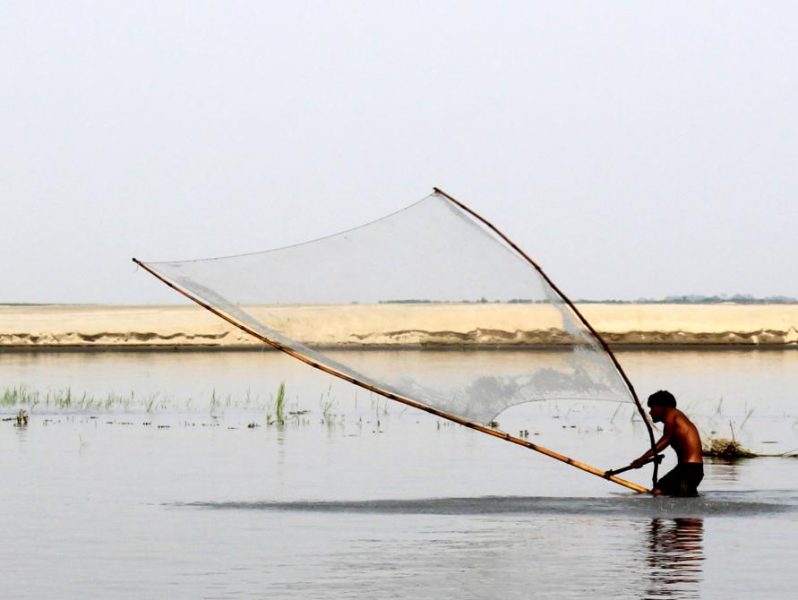Day Four
Yesterday we discussed where trafficking happens, the contributing factors that give rise to the exploitation and the resulting impact. Today we explored the challenges and devised roadmaps for addressing them.
Breaking into specific areas of expertise for in-depth discussion, collectively we looked at the different avenues for disrupting human trafficking:
The Legal Route
Advocacy
Prevention and Building Resilient Communities
Social Enterprise and Freedom Businesses
Engaging with the Business Sector and Supply Chains
Aftercare
Trauma-informed Care
Research
In each group we continued the process of collective learning, sharing specialised knowledge of the area to discuss where we want to see future efforts focused and how we see the fight against human trafficking progressing.
Building roadmaps, everyone started with the question: what do we do next?
Some of the suggested signposts for future anti-trafficking work included:
Building capacity and awareness at grassroots level
More research to drive evidence-based policy
The use of supply chain technology such as LabourLink to give workers a direct channel of communication with companies to report exploitation
Job creation aimed at family members, rather than survivors of trafficking, during recovery
Using the legal system to support whatever conception of justice makes the individual victim feel whole – whether it is compensation, public accountability or moving on with their lives.
Roadmap from the Prevention and Building Resilient Communities group
Asked what they took away from the conference and what they learnt, participants noted:
The time was practical and valuable not only to learn new perspectives on potential solutions, but also to surface and agree on joint initiatives that we could implement to close some of the gaps. As a result, coming out of my working group I now have more work to do, but with the momentum of new ideas and new partners.
I learnt that there …

